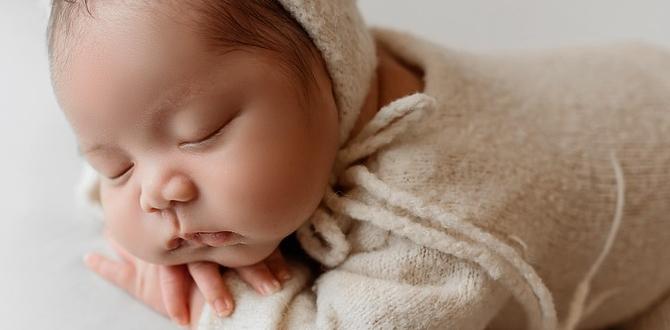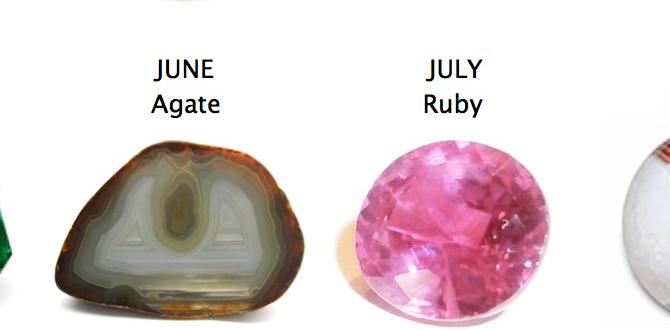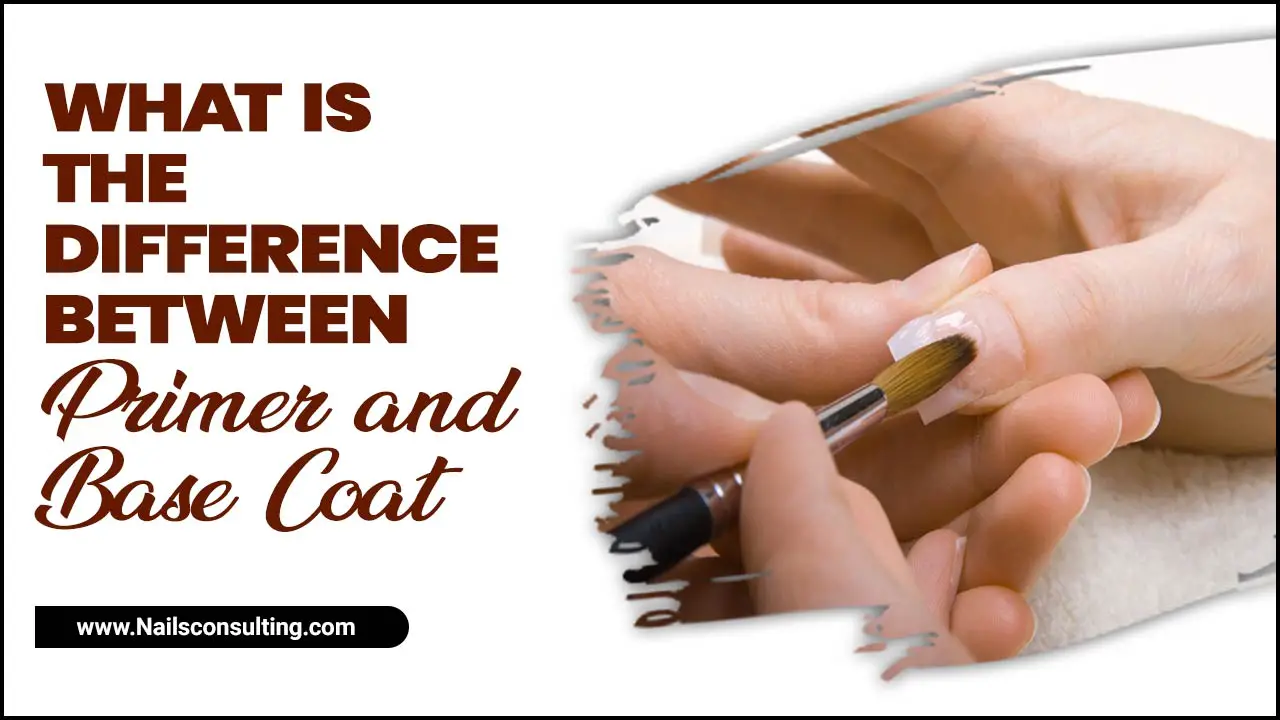Indian henna-inspired nail designs offer a beautiful, intricate way to adorn your nails. This guide breaks down the essentials, from understanding the patterns to creating your own stunning looks with simple tools and techniques, making this ancient art accessible for everyone!
Have you ever marveled at the intricate beauty of Indian henna art and wished you could translate that magic onto your nails? It’s totally understandable! Henna designs are breathtaking, full of swirls, dots, and delicate patterns that tell a story. But recreating them on a tiny nail canvas can seem super intimidating, right? You might worry about not having the right tools, the steady hand, or an idea of where to even begin. Don’t you worry, friend! This guide is here to make Indian henna-inspired nail designs feel totally achievable, even if you’re just starting out. We’ll break down everything you need to know, step by step, so you can confidently create your own gorgeous henna-style manicures and feel like a total nail art pro.
Frequently Asked Questions
What exactly are Indian henna-inspired nail designs?
These designs mimic the traditional art of henna (mehndi) using nail polish, gel, or even actual henna paste. They feature intricate patterns like paisleys, floral motifs, dots, and geometric shapes, drawing inspiration from the rich cultural artistry of India and other South Asian traditions.
Do I need special tools to create henna nail designs?
Not necessarily! While professional tools like fine-tip brushes or dotting tools can help, you can achieve beautiful results with common items. A toothpick, a bobby pin, or even a regular fine-tipped nail art brush from a craft store can work wonders for beginners.
Is henna safe for nails?
Traditional henna paste made from the henna plant is generally safe for skin application and temporary body art. However, when using it directly on nails, ensure it’s pure henna and not mixed with any chemicals like PPD (paraphenylenediamine) often found in “black henna,” which can cause severe allergic reactions. For nail art, we primarily use nail polish and inspiration from henna patterns, which is perfectly safe and fun!
How long do henna-inspired nail designs last?
The longevity depends on the medium used. Regular nail polish designs can last 4-7 days with proper care. Gel polish designs can last 2-3 weeks. Applying a good quality topcoat is crucial for extending the life of any nail art design.
Can I use actual henna paste on my nails?
Yes, you can, but it’s a different process than typical nail art. Pure henna leaves a reddish-brown stain. The color can last for 1-3 weeks, fading as your nails grow. It requires less precision than polish but can be messier and takes time to dry. However, most inspiration for nail art comes from the patterns, not the application of the paste itself.
What are the most common motifs in henna nail designs?
Common motifs include paisleys (mango shapes), floral elements (like roses and vines), leaves, dots, geometric patterns, and sometimes even peacock or mandala designs. These elements are often woven together to create a cohesive, flowing design.
Where can I find inspiration for Indian henna-inspired nail designs?
You can find endless inspiration online! Pinterest, Instagram (search #hennanails #mehandinails #indiannailart), and even images of traditional henna ceremonies or artwork are great starting points. Look at real henna artist portfolios for authentic pattern ideas.
Understanding Indian Henna-Inspired Nail Designs
Indian henna, also known as Mehndi, is a form of body art and temporary tattoo artistry traditionally practiced in India, the Middle East, and parts of Africa. It involves drawing intricate patterns on the skin, typically using a paste made from the dried leaves of the henna plant. These designs are often worn for special occasions like weddings, festivals, and celebrations, symbolizing good fortune, beauty, and joy.
When we talk about “Indian henna-inspired nail designs,” we’re essentially taking the beautiful, complex patterns and traditional motifs from henna art and translating them onto our nails using nail polish, gel polish, or other nail art mediums. It’s a fantastic way to capture the essence of this ancient art form in a modern, wearable way.
The key characteristics of these nail designs include:
- Intricate Detailing: Think fine lines, delicate dots, and complex swirls.
- Flowing Patterns: Designs often appear to move organically across the nail.
- Traditional Motifs: Common elements include paisleys (mango shapes), floral designs, leaves, vines, mandalas (circular geometric patterns), and sometimes even figures or peacocks.
- Symbolic Meaning: While not always consciously applied in nail art, the traditional meanings of these motifs add a layer of appreciation.
- Color Palette: Traditionally, henna is a deep reddish-brown. For nail art, we can use this shade or adapt it with black, white, gold, silver, or even vibrant colors to complement the pattern.
Your Henna Nail Art Toolkit: What You’ll Need
Don’t let the intricate look of henna deter you! Getting started with henna-inspired nail art is much simpler than you might think. You likely already have many of the basics, and any new tools are budget-friendly and easy to find. Having the right supplies makes the process smoother and the results much prettier.
Here’s a breakdown of the essential tools and materials:
1. Base Coat and Top Coat
- Base Coat: This is non-negotiable! It protects your natural nails from staining (especially if you use dark polishes) and creates a smooth surface for polish application.
- Top Coat: Your best friend for sealing in your design, adding shine, and making your manicure last longer. A quick-dry topcoat is a lifesaver!
2. Nail Polishes
- Base Color: Choose a color you love for the main part of your nail. Neutrals like nude, beige, cream, or even a soft pastel work beautifully as a canvas for intricate designs.
- Design Color(s): Black and white are classic choices for henna-inspired art because they offer high contrast and mimic the look of detailed line work. Metallic polishes like gold or silver are also very popular for adding a touch of elegance and mimicking traditional jewelry.
3. Application Tools (The Fun Part!)
This is where you bring the intricate details to life. You don’t need a whole arsenal; a few key tools will do!
- Fine-Tip Nail Art Brush: Look for brushes with very fine bristles. These are perfect for drawing thin, delicate lines, dots, and curves. You can find these in beauty supply stores or online craft sections.
- Toothpicks: A super accessible and effective tool for beginners! Use the pointy end for drawing fine lines and dots. You can even break off a tiny bit of the tip to make it even finer.
- Dotting Tools: These come in various tip sizes and are fantastic for creating perfectly round dots, which are a staple in henna patterns. They have a ball-shaped metal tip attached to a handle.
- Thin Striping Tape (Optional): For super crisp, straight lines or geometric patterns, thin striping tape (usually metallic) can be a lifesaver.
- Gel Pen or Fine Liner (For Gel Polish): If you’re working with gel polish, specialized gel art pens or very fine liner brushes designed for gel are excellent for precise details.
4. Cleanup Supplies
- Cotton Swabs (Q-tips): Essential for cleaning up any smudges or mistakes around the cuticle and nail edges.
- Nail Polish Remover: For dipping your cotton swabs into to help refine your lines and clean up.
5. Other Helpful Items
- Cuticle Pusher: To gently push back your cuticles for a clean nail bed.
- Nail File: To shape your nails before you start.
- Rubbing Alcohol or Acetone: To ensure your nails are free of oils before polish application.
Step-by-Step: Prepping Your Nails for Henna Artistry
A beautiful nail design starts with a perfect canvas. Taking a few minutes to prep your nails properly will make all the difference in how your henna-inspired art looks and how long it lasts. It’s like preparing a wall before painting a masterpiece – you need it clean, smooth, and ready!
Follow these simple steps:
-
Cleanse Your Nails: Start by removing any old nail polish. Then, wash your hands with soap and water to get rid of any dirt or oils. For an extra clean slate, you can swipe each nail with rubbing alcohol or acetone. This removes any lingering oils that might prevent the polish from adhering well.
-
Shape Your Nails: Use a nail file to shape your nails to your desired look. Whether you prefer square, round, or almond shapes, ensure the edges are smooth. This isn’t just for aesthetics; smooth edges help prevent snags and chips.
-
Push Back Cuticles: Gently push back your cuticles using a cuticle pusher or an orangewood stick. Healthy, tidy cuticles make your nail bed look larger and your nail art appear more polished and professional. Don’t cut your cuticles, as this can lead to infection.
-
Buff Your Nails (Optional but Recommended): Lightly buff the surface of your nails with a fine-grit buffer block. This smooths out any ridges and creates a slightly textured surface for the polish to grip onto, improving longevity. Be gentle, you don’t want to thin your nails.
-
Apply Base Coat: This is a crucial step! Apply a thin, even layer of your chosen base coat to each nail. Let it dry completely according to the product’s instructions, usually 1-2 minutes. The base coat protects your nails and ensures an even application of your color polish.
Once your nails are prepped and your base coat is dry, you’re ready to move on to the fun part: applying your color and creating those gorgeous henna designs!
Creating Your Indian Henna-Inspired Nail Designs: A Beginner’s Guide
Now for the exciting part – bringing those beautiful henna patterns to life on your nails! This section will walk you through some basic techniques and popular design elements. Remember, practice makes progress, and perfection isn’t the goal. Enjoy the creative process, and don’t be afraid to experiment!
Step 1: Apply Your Base Color
Apply one or two thin, even coats of your chosen base polish color. Allow each coat to dry completely before applying the next. A perfectly smooth, opaque base will make your design pop. For example, a creamy nude or a soft beige looks stunning as a background for delicate black or gold henna patterns.
Step 2: Master Basic Henna Motifs
Henna art is all about building blocks. Let’s learn a few essential elements you can combine:
- Dots: A fundamental element! Use a dotting tool or the tip of a toothpick to place small, consistent dots. You can create lines of dots, fill areas, or use them as connectors.
- Lines: Fine-tipped brushes or toothpicks are your best friends here. Practice drawing thin, continuous lines. Vary the pressure to create slightly thicker or thinner lines for more dimension.
- Swirls and Curls: These add movement and elegance. Start with a small curve and extend it, or practice making small, tight spirals.
- Paisleys: A teardrop or mango shape, often with a flourish at the wider end. You can draw the outline and then fill it, or create it with delicate lines.
- Leaves and Petals: Small, pointed oval shapes or simple curved shapes that can be used to form florals or borders.
Step 3: Applying the Designs
Here are a few ways to approach creating your designs, from easiest to slightly more complex.
Technique A: Simple Dot and Line Play (Great for absolute beginners!)
- Ensure your base color is completely dry.
- Using a toothpick or dotting tool with your design color (e.g., black or gold), create patterns using just dots. You can make a curved line of dots along the cuticle, a diagonal line of dots, or a cluster of dots at the tip.
- Add simple connecting lines or small swirls between some of the dots if you feel comfortable.
Technique B: Paisley and Swirl Accents
- With a fine-tip brush or toothpick and your design color, draw a few paisley shapes on one or two nails.
- Connect these paisleys with delicate lines and add small swirls or dots around them.
- You can also try creating a border of small dots and then adding a single, larger paisley or floral element.
Technique C: The “Full Nail” Henna Look (More advanced, but achievable!)
- This involves covering a larger portion of the nail with intricate patterns. It’s often built by repeating smaller motifs.
- Start with a central element, like a paisley or a small floral shape, on the nail.
- Build outwards by adding lines, dots, and smaller shapes that flow from the central element. Referencing pictures of traditional henna art is key here.
- Think of it like drawing connected elements: a line leads to a dot, which connects to a swirl, which forms part of a floral pattern.
Incorporating Metallic Polishes
Gold and silver polishes are perfect for mimicking the opulent feel of traditional Indian jewelry and embellishments that often accompany henna. Use them the same way you would use black or white polish for your designs. A delicate gold line can define a black paisley, or a fine silver dot can add sparkle to a floral pattern. Metallic polishes often have a good consistency for detail work.
Using Stencils and Stickers (A Shortcut!)
If freehand drawing feels too daunting right now, don’t despair! There are fantastic nail art stickers and stencils available that feature beautiful henna-inspired patterns. You can apply them over your dried base color and then seal with a topcoat for an instant, intricate look.
Practice Makes Perfect: Use a “Nail Palette”
Before you commit to your actual nails, grab an old nail file, a piece of paper, or even a plastic lid. Use this as a practice surface to get a feel for your tools and the polish consistency. This helps you refine your movements without the pressure of messing up your manicure.
Popular Indian Henna-Inspired Nail Design Ideas
Ready to dive into some specific design inspiration? These ideas are tried-and-true favorites that capture the spirit of Indian henna art beautifully on nails. They range from simple accents to more elaborate statements.
1. The Mandala Magic
Description: Mandalas are circular patterns, often complex and symmetrical, originating from Hindu and Buddhist traditions. On nails, a single, detailed mandala can be the focal point of an accent nail, or smaller, simplified versions can be scattered across nails.
How-to for Beginners:
- On your accent nail, use a dotting tool to create a central dot.
- Arrange 5-6 smaller dots in a circle around the central dot.
- Connect these dots with tiny lines or leaf shapes.
- Add radiating lines or dots outward from this central pattern.
Colors: Black on nude, gold on deep red, white on navy blue.
2. Paisley Perfection
Description: The paisley motif, often called “kairi” or “ambi” in India, is a teardrop or curved feather shape. It’s a staple in henna and textile designs.
How-to for Beginners:
- Using a fine brush or toothpick, draw a teardrop shape.
- Add a delicate swirl or a few small dots at



